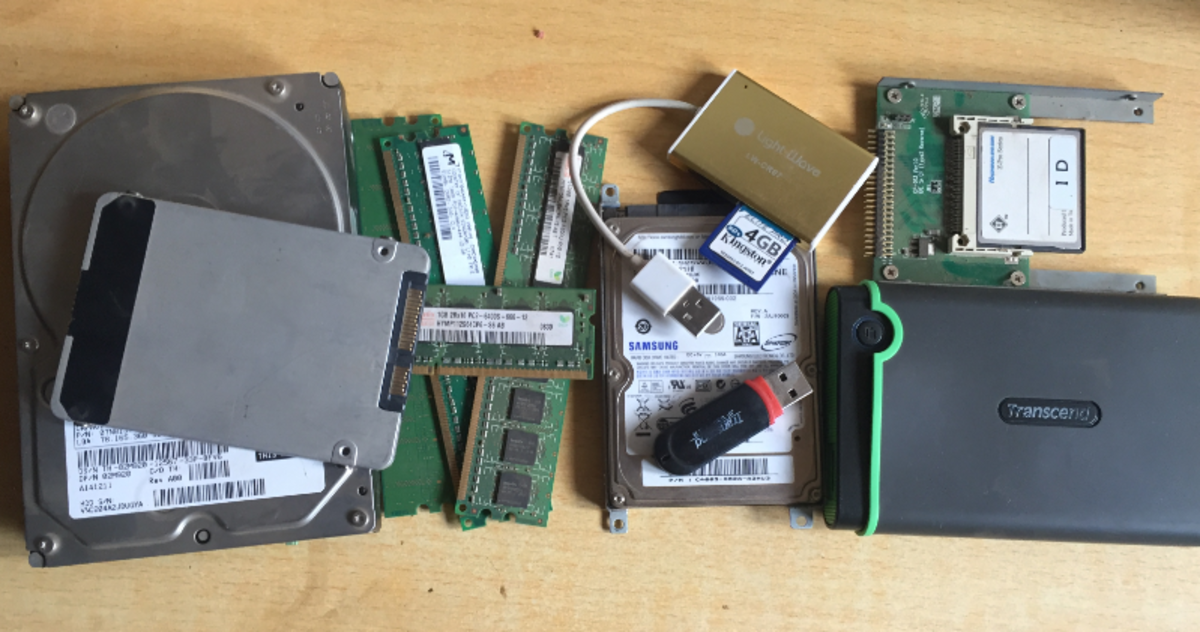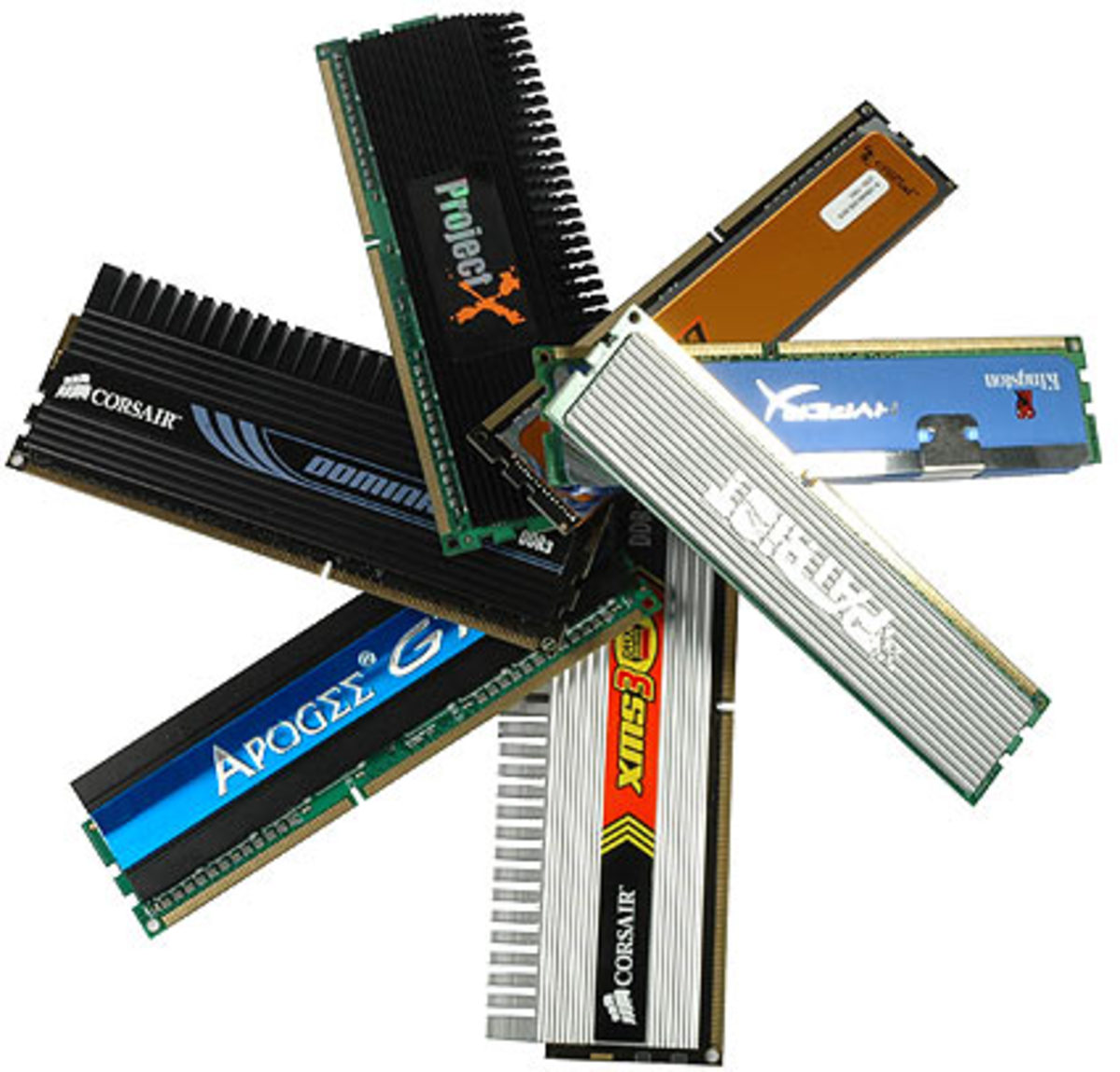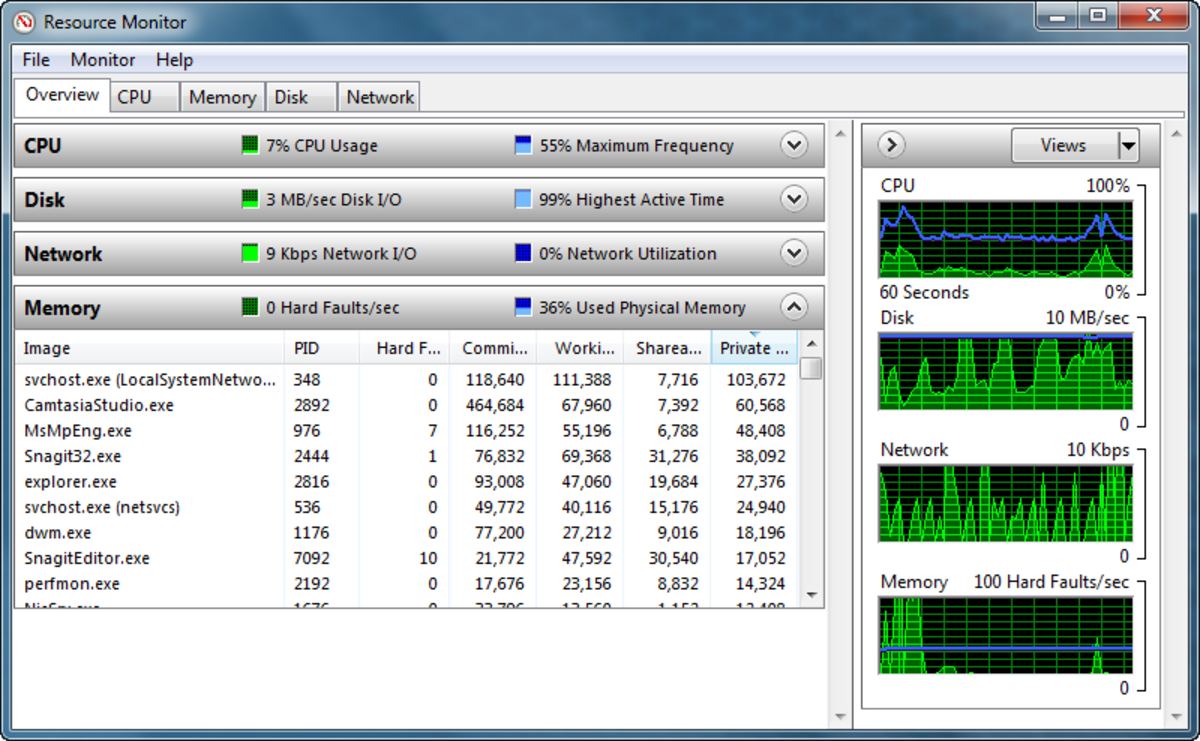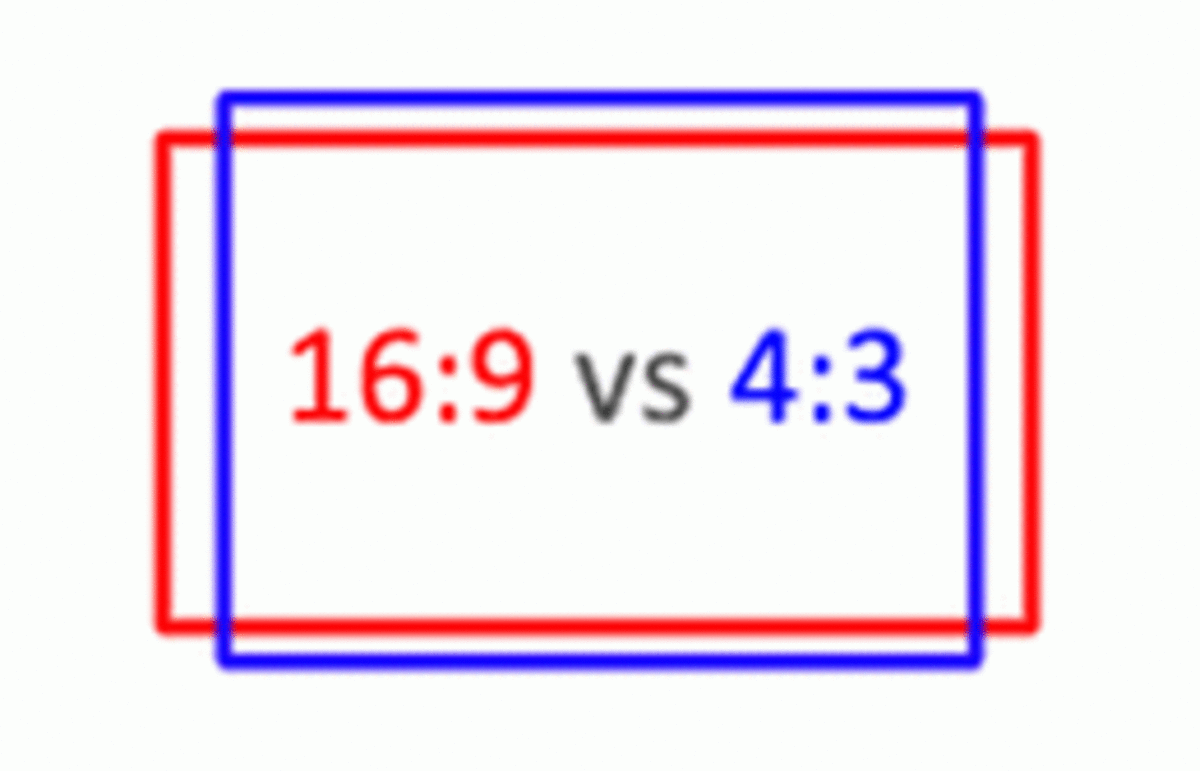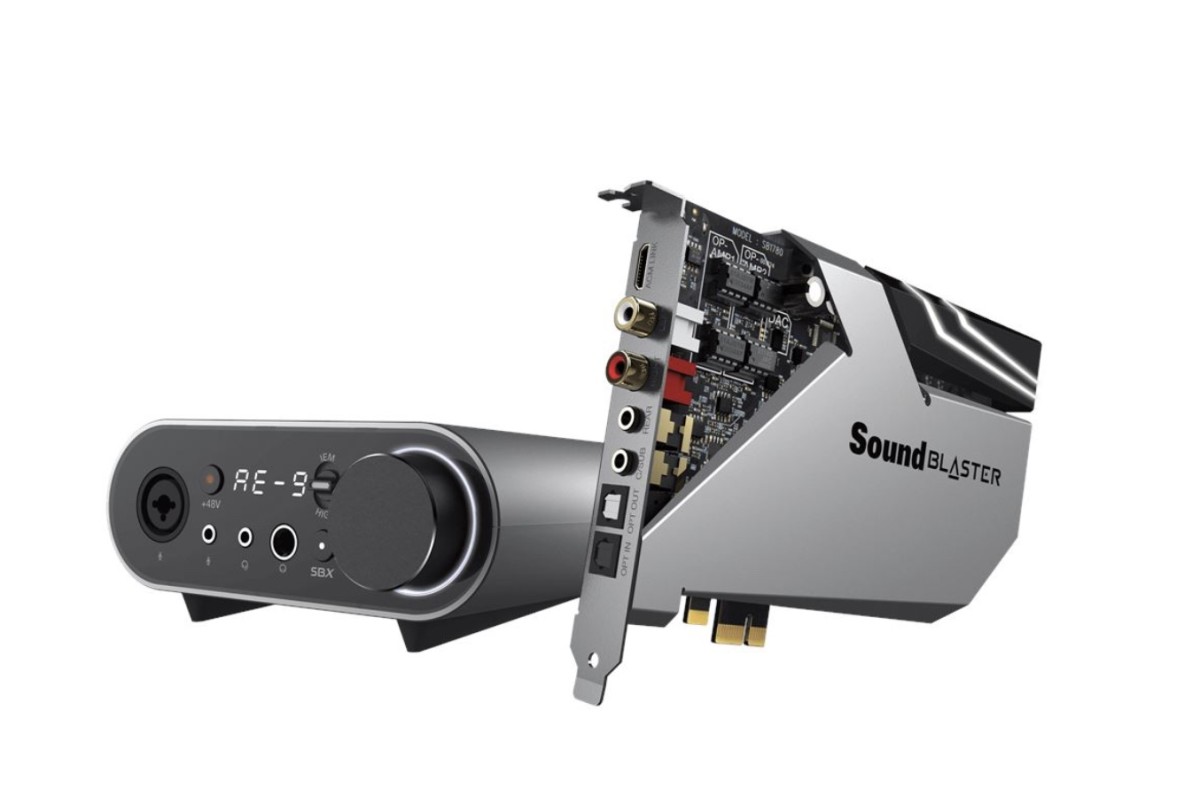- HubPages»
- Technology»
- Computers & Software»
- Computer Hardware
Computer Memory - Understanding Your Options and How to Upgrade It
Primary Types of Computer Memory
The computer's memory is generally located on the motherboard. The Random Access Memory or RAM holds data and instructions while they are processed. Information stored here is held until it is no longer needed.
The flash ROM on the computer motherboard holds instructions used to control basic hardware functions. The CMOS contains configuration data. Primary storage called Random Access Memory or RAM is temporary storage for data and programming language instructions on what to do with the data.
Permanent memory holds long term data like personal files. Permanent memory takes longer to access than primary storage. Cache memory is used to speed up memory access, but cache memory is not used with all processors.
Secondary storage is information stored outside of the computer such as file stored on a CD or USB flash drive.Data on a secondary storage must be copied to the primary memory to be used. For example, software instruction sets on a CD must be copied into the computer's primary storage before the software can be run.
Computer memory on the mother board is divided into three sections. The static memory is the memory location where global variables are stored. Global variables are allocated or assigned when a program starts and are de-allocated only after the "main" ends. The stack is the location where local variables are allocated. The stack can also be called the local memory or automatic memory. The stack holds all local variables that are not global. Local variables are allocated space on the stack as the software program is executed. The heap is another name for dynamic memory or free store memory. Dynamic memory or the heap requires special functions to be allocated and de-allocated, but
it can be allocated when you need it. Programmers need to be careful to track the dynamic memory they allocate and de-allocate it when it is no longer needed.
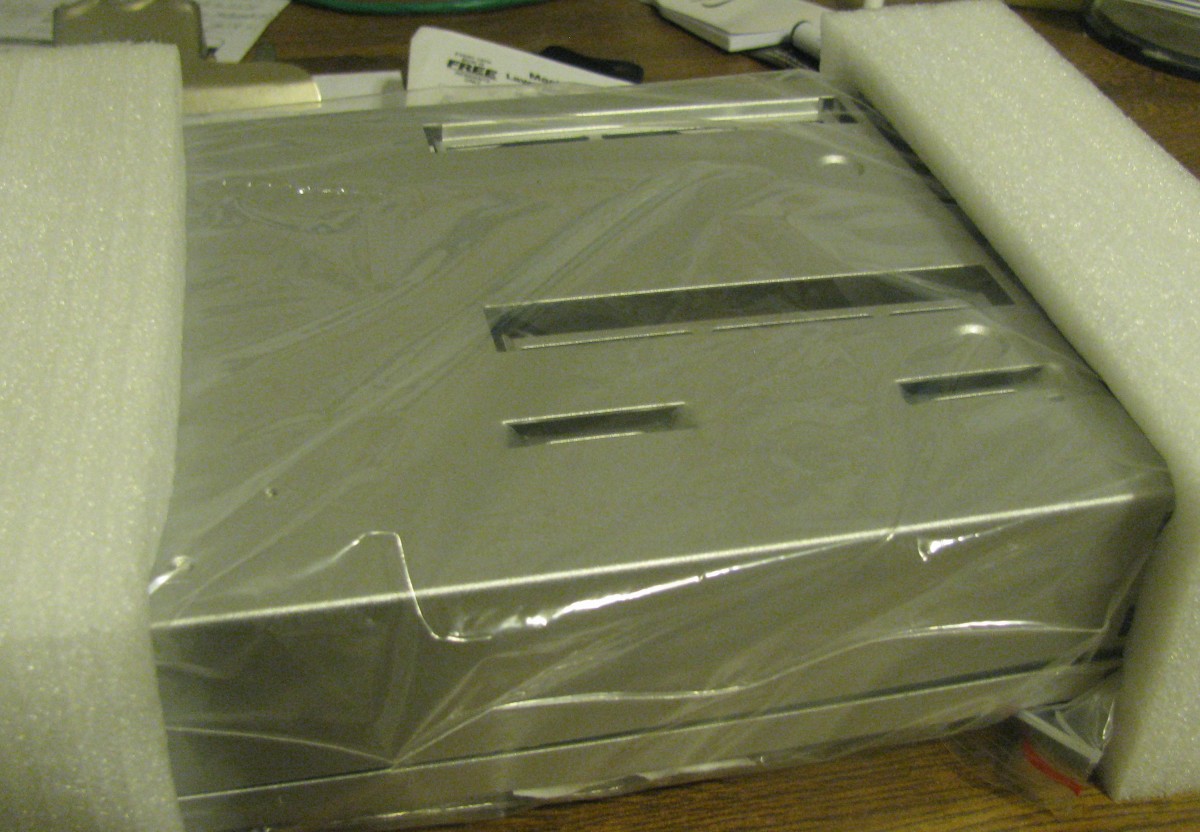
What Drives Computer Memory Upgrades
Primary memory resides on memory sticks inside of the computer. Computer instructions can sit idle while waiting for memory to execute. Increasing a computer's memory helps it process more instruction sets simultaneously or load larger programs to run.
Adding memory to your computer lets your computer run software applications more quickly. Adding more computer memory is necessary to keep up with the extra demand generated by a high powered graphics card.
Adding secondary storage devices lets you move rarely used files to another device while freeing up space on your personal computer. If you upgrade the memory on your computer, you may see better performance at a lower price than buying a new, faster computer. According to Moore’s Law, the computing capacity of computer chips doubles every 18 months. A $20 memory upgrade is cheaper than spending several hundred dollars on a new machine, but a new machine will be far more powerful than your current computer, especially if it is older, more than two years old. Per Moore's Law, computer memory doubles in capacity every 18 months.
How to Upgrade Computer Memory
Laptops typically have one or two memory sticks while personal computers have four or more. When a computer has empty or free slots for memory sticks, adding
memory is simply a matter of adding more memory sticks.
Upgrading the computer memory requires removing the existing memory sticks and inserting compatible sticks with more memory capacity. You can buy an improved DRAM for your computer, though you need to verify that it is compatible with your machine. You can upgrade your motherboard with a faster CPU and improve your system's memory at the same time.
A different approach is to rely on cloud storage of files, whether as backups of commonly used files or archives of large, personal data files. However, given the NSA's view that anything on the cloud is "public" information, don't store anything in the cloud you don't want to risk the government or hackers viewing.
Why Not Save Data to the Cloud?
Why doesn't this article suggest saving data to the cloud as a way to save memory on your local PC? First, data on the cloud isn't as private as data saved on the computer. Second, data saved on the cloud becomes unavailable if a denial of service account attack occurs, you forget to pay your subscription fees for the service or your account is locked.


